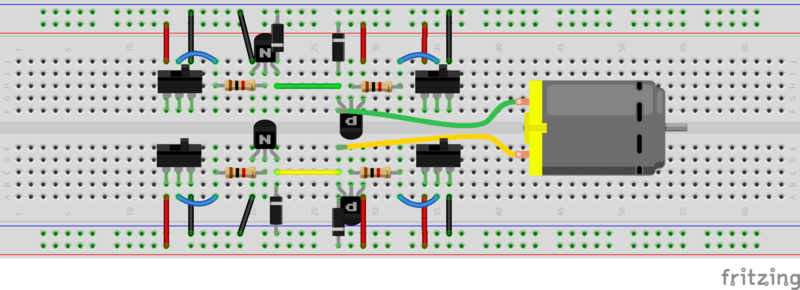At their core, transistors amplify power. Note that: power. You can use a transformer to amplify either current or voltage, but you have to trade off the other. i.e. you can get more voltage but at a lower current, or more current, but at a lower voltage. Transistors can give you an increase in both.
This proves to be extremely useful - who doesn't want more power? Transistors are very truly the basis of modern electronics, but we'll be looking at a specific use in this guide: controlling high power circuits/devices with a low power microcontroller.
This guide will focus on Bipolar Junction Transistors, aka BJTs. Bipolar because they use two kinds of silicon. Junction because pieces of those two different kinds of silicon are up against each other.














































